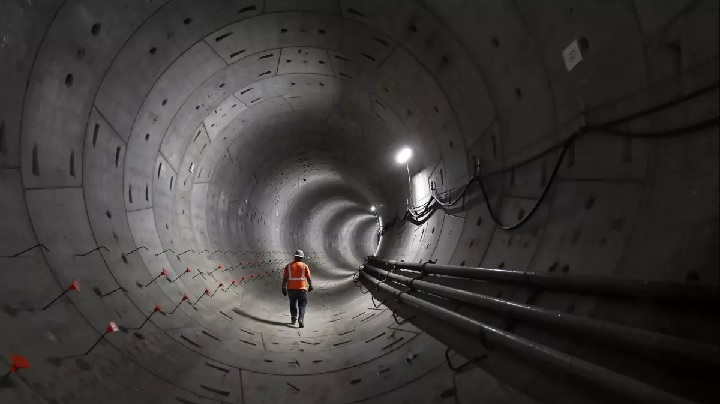Estimated reading time: 3 minutes
Types of Public-Private Partnership Contracts (PPP), such as Build-Operate-Transfer (B.O.T.) and Build-Own-Operate (B.O.O.), are widely used models for infrastructure and development projects. These contracts define the roles of the private and public sectors in constructing, operating, and potentially transferring ownership of projects.

While BOT involves transferring the project to the government after a set period, B.O.O. allows the private sector to retain ownership while operating the project indefinitely. Below is an overview of various Public-Private Partnership (PPP) types, their abbreviations, and brief descriptions.
| Contract Type | Abbreviation | Description |
|---|---|---|
| Build-Operate-Transfer | B.O.T | The private sector builds the project, operates it for a specified period, and then transfers it to the government. Commonly used for public infrastructure like highways. |
| Build-Own-Operate | B.O.O | The private sector builds, owns, and operates the project indefinitely. Often applied in energy projects like power plants. |
| Build-Own-Operate-Transfer | B.O.O.T | Similar to BOT, but the private sector retains temporary ownership before transferring the project to the government. |
| Build-Lease-Transfer | B.L.T | The private sector builds the project, leases it (with operations potentially handled by another party), and eventually transfers it to the government. |
| Build-Transfer-Operate | B.T.O | The project is built and transferred to the government, with the private sector continuing to operate it. |
| Buy-Build-Operate | B.B.O | The private sector purchases an existing asset, builds or improves it, and operates it. |
Overview
These contract models are primarily used to finance large-scale projects such as power plants, airports, ports, and roads. They distribute risks between the public and private sectors, depending on the project’s needs, local regulations, and economic objectives. Each model is tailored to balance investment, operational responsibilities, and long-term ownership or transfer requirements.
In fact, PPP contracts are long-term agreements between a public entity and a private party for the delivery of public assets and services, with the private sector bearing significant risk and performance responsibility in exchange for remuneration linked to performance.
These contracts involve a clear allocation of risks and rewards, with the private party often handling the financing, construction, operation, and maintenance of projects, such as infrastructure. The terms of the contract are crucial for aligning the interests of both parties over the project’s lifetime, ensuring efficiency, and improving value for money for the public.
References:

